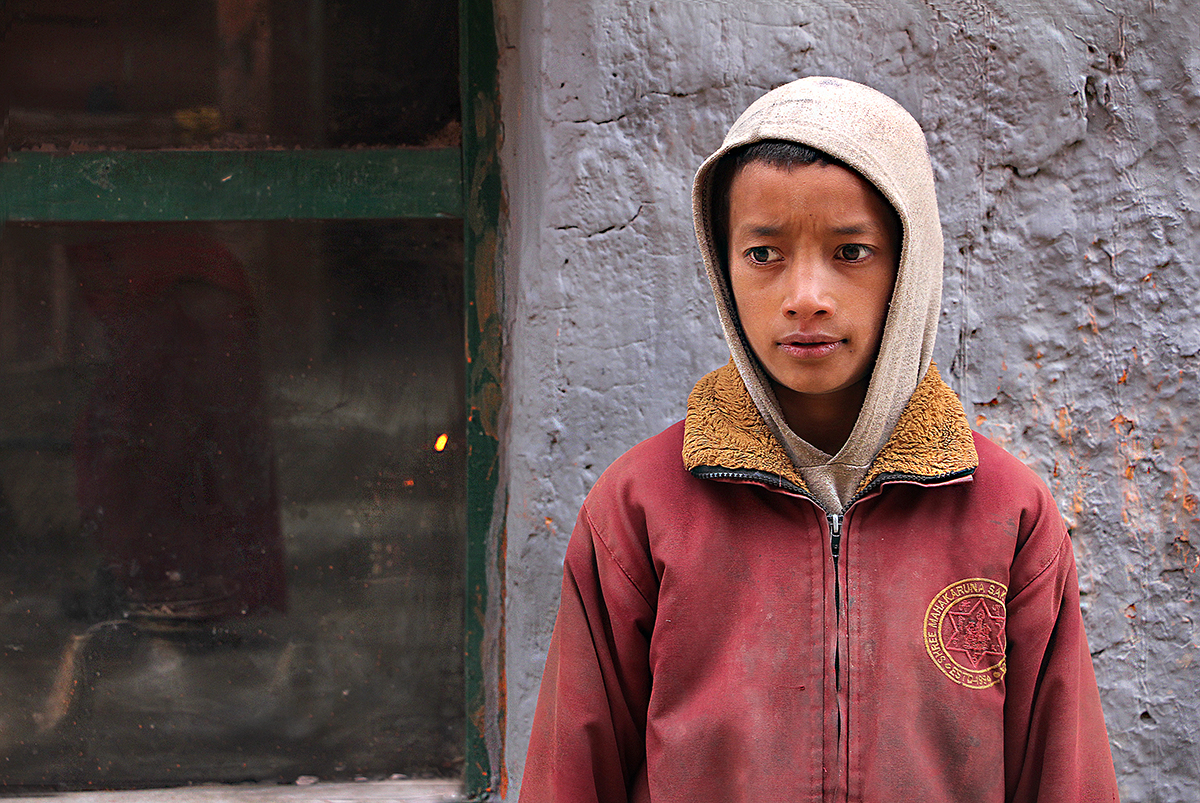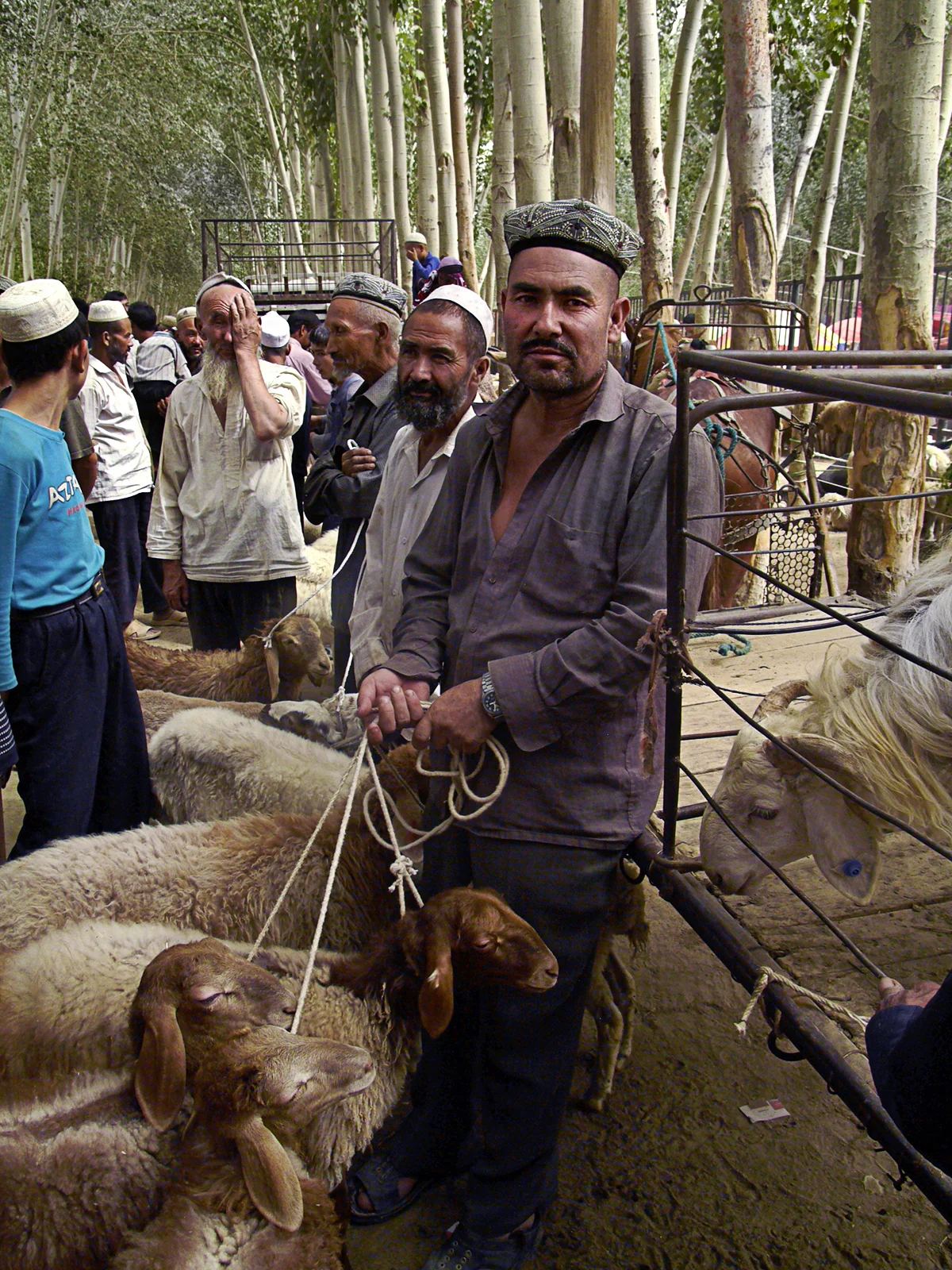Upper Mustang
For centuries, the salt from the great Tibetan lakes and India's grain and spices made Upper Mustang a prosperous trade center. Not only the gompas and stupas but 15th-century fortress ruins and the walled city, as well as the different ethnicities and languages, are a testimony to its past economic hegemony and its enmity with the neighboring Kingdom of Humla.
The Kali Gandaki gorge, the deepest in the world, the sand-dripping rock formations, and the strange mountain discolorations were the last bastion of the Tibetan guerrillas, and it became a restricted demilitarized area until 1992 when it opened its borders to travelers. Now it is a conservation area, and visiting is restricted. It remains remote, the Last Forbidden Kingdom of Lo.














The Silk Road
















Kathmandu Lockdown
On March 24th, amidst the spring climbing and trekking season, Nepal's government decides to quarantine the country after the second case of Covid-19 was detected, and the WHO declares the coronavirus outbreak a pandemic. Tourism is Nepal's primary source of income, followed by the remittance from the workforce working in the Emirates and especially in India, in which the outbreak spreads at an alarming rate. Without a previous warning, 10,000 visitors get trapped inside the country, and 4 million emigrants fight to cross the borders to come back on their own means. Simultaneously, decade-old border disputes between Nepal, India, and China increase the tension between nations. For four months, the local population struggles to survive without help in Asia's second poorest country.

















Taking Refuge
Influenced by the Thai forest traditions and the Dhammapada sacred book, most children in Laos and Thailand become monks at some moment in their lives. A child becomes a novice, called a samanera, during the monsoon season, after the death of a family member or gaining merit. If they come from low-income families, they will be part of the monastic life for years to get an education.
However, Theravada, or The Way of the Elders, is the strictest branch of Buddhism with a monastic discipline that implies fasting most of the day and begging for alms barefoot before dawn.










